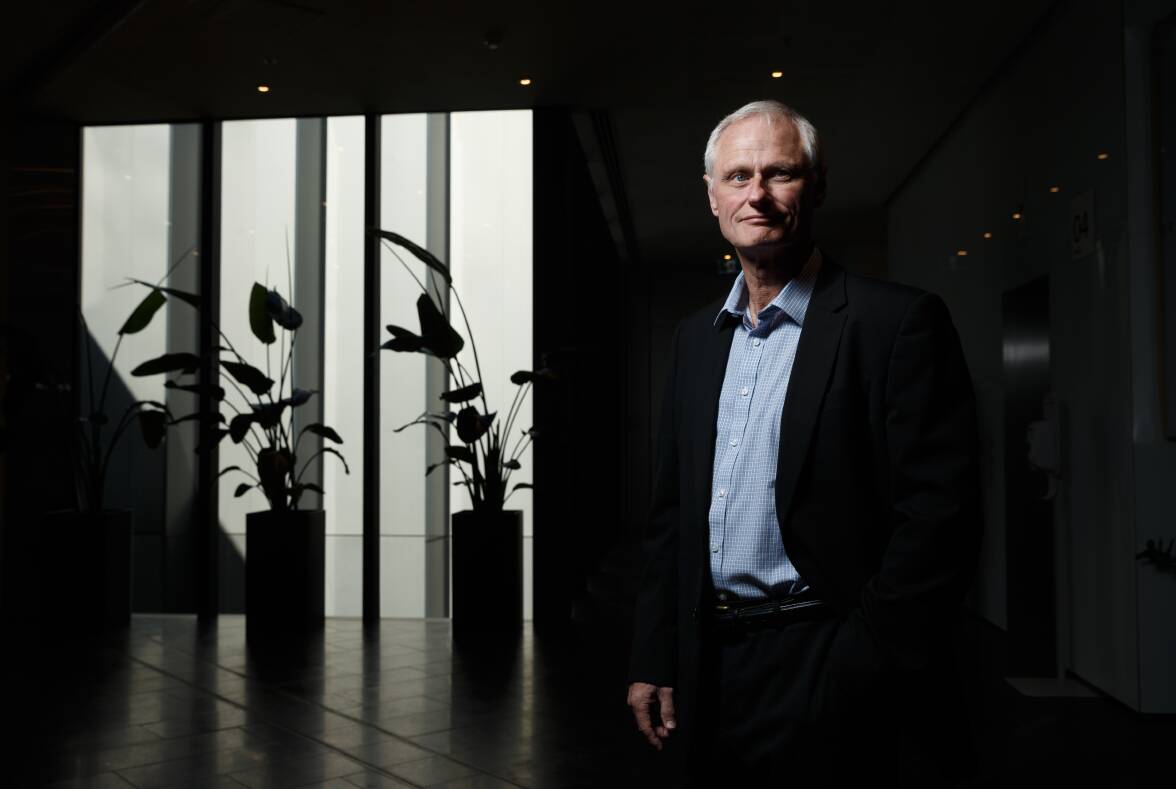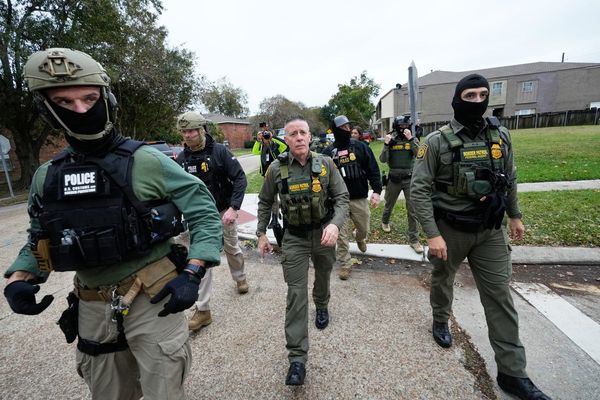
THE number of COVID-related deaths in Hunter New England this year has surpassed 375, with another 27 lives lost.
The region's health authorities say that the virus peaked in mid-to-late July, and that hospitalisations and case numbers are "trending down".
But out of more than 344,958 known COVID-19 cases in the region this year, 376 people have died. Across Australia, there has been about 13,153 deaths linked to COVID-19 out of 9.88 million cases.
"It's like war time," Laureate Professor Nicholas Talley said. "During times of war, after a while people start to become numb to all the deaths. That's what seems to be happening here, because the death rate is appalling... People are losing family members. If a jumbo jet was crashing every couple of weeks we'd all be fairly upset, but I guess if it kept on happening then after a while we might even become numb to that as well."
In Hunter New England, there were five COVID-related deaths in 2020. That rose to 19 in 2021. Now, we have lost 376 people to COVID within eight months of 2022
Case numbers increased from 278 in total in 2021, to almost 345,000 this year.
Data from the Australian Institute of Health and Welfare shows that in 2021, 0.8 per cent of deaths were from COVID-19, rising to 9.6 per cent during January and February 2022. The Australian Bureau of Statistics found that of the 8,219 deaths that occurred prior to June 30, 2022, the "underlying cause of death" for 7,057 people - or 85.9 per cent - was COVID-19. A further 1,162 people died of other causes, such as cancer, but "COVID-19 contributed to their death".
Chronic cardiac conditions were the most common pre-existing illness for those who had COVID-19 certified as the underlying cause of death.
"If you take the point of view that we're ignoring COVID now, then everything's fine. But I think we're really in an awful situation, because obviously the death rate continues to be quite significant," Prof Talley said. "Most people who are dying 'from or with COVID' are actually dying of COVID."
Prof Talley, a Hunter Medical Research Institute epidemiologist and neurogastroenterologist, said winter viruses - including COVID - had put enormous pressure on the hospital system this year.
The Medical Journal of Australia editor-in-chief has no doubt that had we persevered with mask mandates in indoor spaces for a little longer, the impact of winter viruses circulating as restrictions eased would not have been so great.
He was concerned by the rising risk of developing "long COVID" symptoms with each reinfection.
Conjoint Professor Peter Wark, a respiratory specialist and researcher at HMRI and the University of Newcastle, said more than 2000 people were currently in NSW hospitals with COVID-19.
While "long COVID" was a phenomenon that "varies greatly" between individuals, the most recent evidence suggests it can impact 4 to 5 per cent of people who had acute infection.
"Most people obviously recover from COVID," Prof Wark said. "But a small number of people, unfortunately, both have long-standing symptoms and have also died from the acute illness.
"In fairness, those people usually have had other medical problems... and they are tending to be older. But nonetheless, their deaths are directly related to COVID, and that has been a precipitating event."
Speaking during Science Week, Prof Wark said people who were still experiencing symptoms like fatigue, a cough, breathlessness, aches and brain fog after three months were likely to continue experiencing those symptoms for six and 12 months.
He said it did seem that people had become desensitised to the number of COVID deaths the region, and the country, is seeing.
"It probably isn't helpful for us to be wringing our hands every time. But we should be seeing this for the problem that it is, and then trying to mitigate the effect," he said. "We're past the point where we can say we're going to try and exclude COVID from our community. That point was passed in December and that is no longer possible."
Prof Wark said we are now in a phase where we have COVID in the community, and that came with a cost.
"But our choices to mitigate the spread to vulnerable individuals, and to reduce the impact on those individuals, are still choices we can make," he said.
Prof Wark said while people who are vulnerable to severe disease - such as the elderly and immune suppressed - could take some "personal responsibility" by wearing masks and avoiding crowded places, ultimately, they needed people to take precautions to avoid giving them the infection too.
"It is a community thing still," he said. "So much of this does come down to those public health measures to try and minimise spread. For the rest of us, being vaccinated and maintaining our vaccination status is obviously important - both as a measure to protect ourselves, but also to minimise spread in the community.
"The more people wearing masks in public places, the more protected the general population will be."
Hunter New England Health public health physician Dr Craig Dalton said the number of deaths in the region were "going up and down".
"They'll always lag the peak by a week or two, sometimes three weeks," he said.
"Sometimes the deaths aren't apportioned immediately to the recent cases. Someone may develop the more severe illness and they die, and sometimes a COVID-attributable death can be someone who is perhaps in very poor health and is on a downward decline over weeks to months, and then if COVID intervenes in that time, it is still attributed to a COVID-related death."
Dr Dalton said "reassuringly" at this stage, no other variants were showing a "rapid increase", but there was still a lot of COVID circulating.
"There were days we thought 200 cases was a lot. Now we're used to seeing thousands a day," he said.
As well as masks, he recommended people open doors and windows to enhance ventilation, and that eligible people receive their third or fourth vaccine doses to help reduce the severity of illness and the risk of hospitalisation or death.
WHAT DO YOU THINK? We've made it a whole lot easier for you to have your say. Our new comment platform requires only one log-in to access articles and to join the discussion on the Newcastle Herald website. Find out how to register so you can enjoy civil, friendly and engaging discussions. Sign up for a subscription here.







